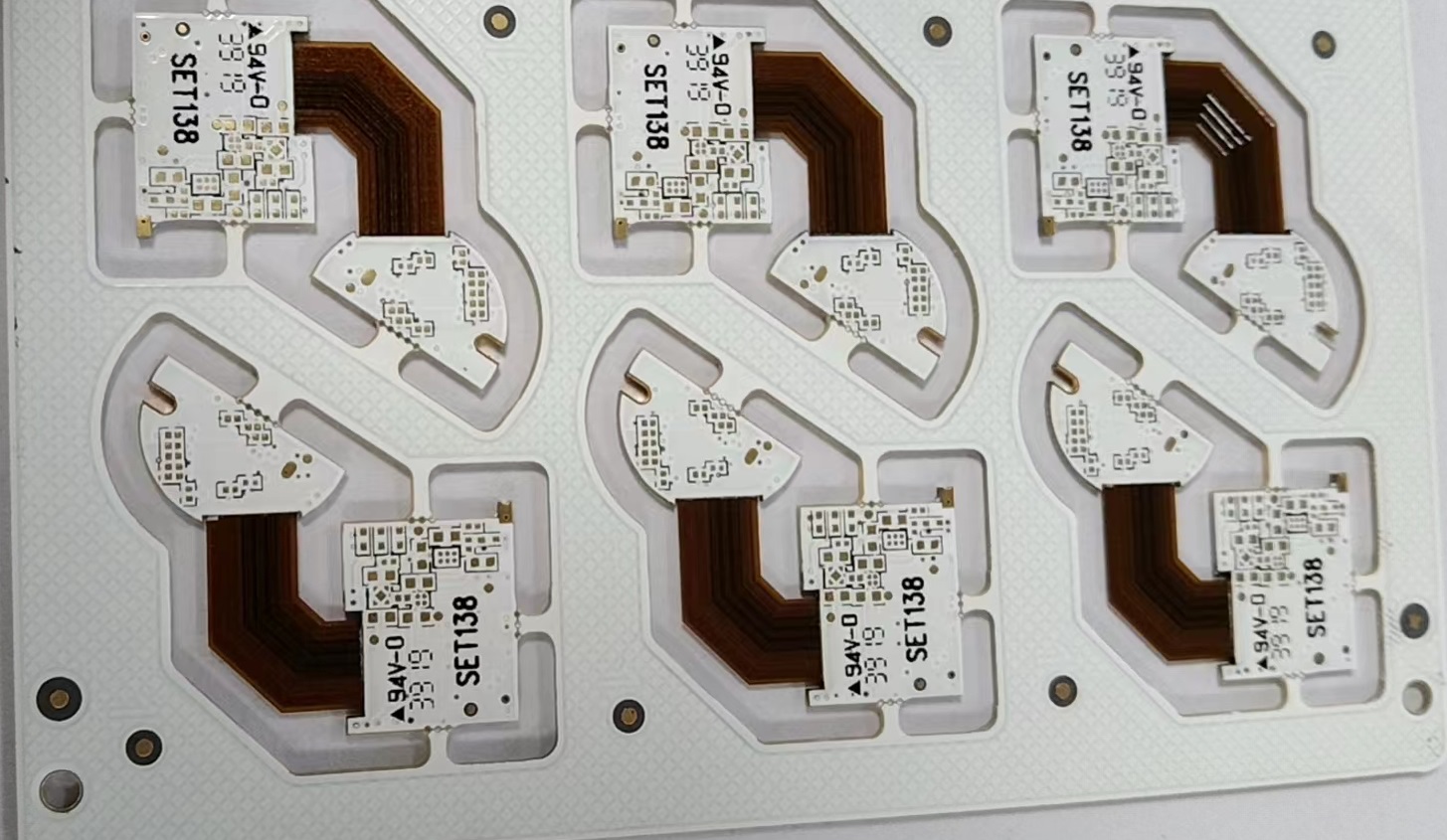Rigid-Flex PCB Applications in Medical and Medical Device Worlds
Rigid-flex printed circuit boards (PCBs) are an essential technology in the medical and medical device industries. They offer a unique combination of flexibility and rigidity that allows them to be used in various applications, from wearable to implantable devices.
There are many benefits to using rigid-flex PCBs in medical and medical device applications. They are lightweight and thin, which makes them ideal for wearable devices. They are also flexible, which allows them to conform to the body. Additionally, rigid-flex PCBs are resistant to moisture and chemicals, making them ideal for use in harsh environments.
Application of Rigid-Flex PCBs in Medical Devices
There are numerous medical applications for rigid-flex PCBs because they provide several advantages over traditional rigid PCBs and flexible circuit boards. These advantages include high reliability, low weight and thickness, small size, and customizability.
Rigid-flex PCBs can be used in various ways in the medical and medical device worlds to improve products and increase efficiency. Some of the most common applications include:
Wearable Devices
One of the more interesting and potentially life-saving applications of Rigid-Flex PCBs is wearable medical devices. These are devices worn on the body, often in contact with the skin, and perform some monitoring or treatment function.
Wearable medical devices often monitor vital signs such as heart rate, blood pressure, and body temperature. They may also deliver medication or other treatments directly to the patient's body. In some cases, they may even be used to provide electrical stimulation to the body to help relieve pain or promote healing.
Advantages of Rigid-Flex PCB in Wearable Medical Devices
The use of rigid-flex PCBs in wearable medical devices offers several advantages over other types of electronics:
- First, rigid-flex PCBs are much more resistant to movement and vibration than traditional PCBs. This is important in a wearable device, where the electronics will likely be subjected to a lot of movement.
- Second, rigid-flex PCBs can be designed to be very thin and lightweight. This is also important in a wearable device, where weight and bulk must be kept to a minimum.
- Third, rigid-flex PCBs offer a high degree of flexibility. This is important because it allows the electronics to be designed to conform to the body's shape.
- Fourth, rigid-flex PCBs are resistant to moisture and other environmental factors. This is important in a wearable device, which will likely be exposed to sweat, water, and other liquids.
- Finally, rigid-flex PCBs offer a high degree of durability. This is important in a wearable device, which must withstand a lot of wear and tear.
Implantable Devices
Implantable medical devices are one of the fascinating applications of rigid-flex PCBs. These boards are designed to be inserted into the body and function as artificial organs or limbs, providing people with life-saving treatments or helping them regain mobility.
Rigid-flex PCBs are ideal for implantable medical devices because they are incredibly thin and flexible yet strong enough to withstand the rigors of surgery. They can also withstand the harsh body environment, including exposure to bodily fluids and extremes of temperature.
Pacemaker
One of the most common implantable medical devices is the pacemaker. Pacemakers are used to treat heart rhythm disorders by sending electrical impulses to the heart to regulate its beat. Rigid-flex PCBs are used in pacemakers because they can be rolled up into a tiny size, making them easy to insert into the body.
Cochlear Implant
Another common implantable medical device is the cochlear implant. Cochlear implants treat hearing loss by providing a person with artificial hearing. Rigid-flex PCBs are used in cochlear implants because they can be wrapped around the cochlea, the spiral-shaped organ in the inner ear responsible for hearing.
Artificial Limbs
Rigid-flex PCBs are also used in artificial limbs, such as prosthetic legs and arms. Artificial limbs are often fitted with sensors that allow the person to control them using their thoughts. Rigid-flex PCBs are ideal for this application because they can be wrapped around the limb and conform to its shape.
Medical Device Enclosures
Medical device enclosures are one of the many applications of rigid-flex PCB. A rigid-flex PCB is a printed circuit board with rigid and flexible sections. This combination provides the best of both worlds for electronic devices – the flexibility of the circuit board allows for easy movement and connection. At the same time, the rigid section ensures that the components are securely in place.
Rigid-flex PCBs are made by combining both rigid and flexible PCBs into a single board. This gives the board the ability to bend and flex while still being able to support heavier components. Rigid-flex PCBs are often used in applications with limited space or a high need for flexibility.
Medical device enclosures must be designed with both form and function. The enclosure must protect the delicate electronic components while also being easy to open and close. In many cases, the enclosure will also need to withstand repeated opening and closing and exposure to water and other liquids.
Various materials can be used to make medical device enclosures, but rigid-flex PCBs are often the best choice. They offer superior protection for the electronic components inside, and they can be customized to meet the specific needs of each device.
In addition, medical devices are often used repeatedly, which can put a lot of wear and tear on an enclosure. Rigid-flex PCBs are much more durable than traditional PCBs and can withstand repeated use without breaking down.
Final Words
Rigid-flex PCBs have many applications in the medical and medical device worlds. These applications include diagnostics, patient monitoring, drug delivery, surgery, and physical therapy. Moreover, they offer many benefits for medical and medical device applications. They are lightweight and thin, which makes them ideal for wearable devices.
They are also flexible, which allows them to conform to the body. Additionally, rigid-flex PCBs are resistant to moisture and chemicals, making them ideal for harsh environments.





